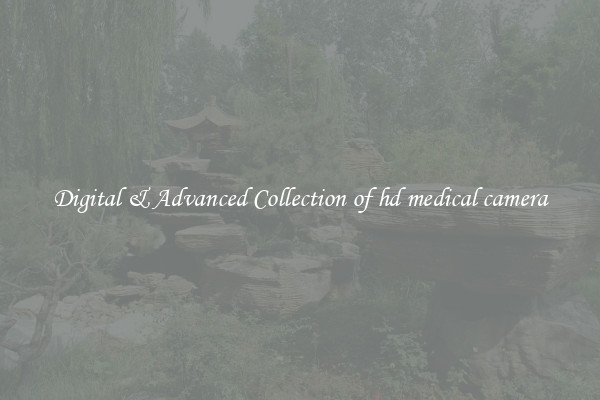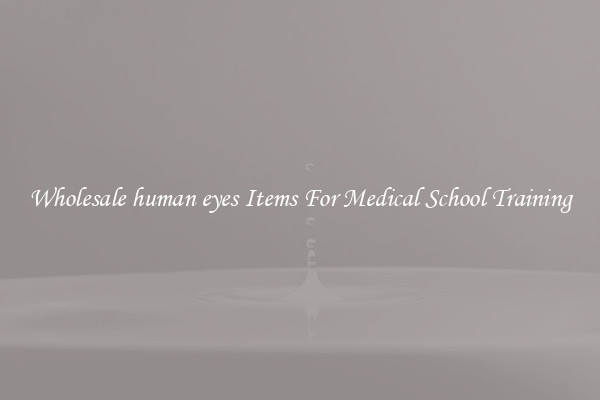Digital & Advanced Collection of hd medical camera
Advancements in medical technology have revolutionized the way healthcare professionals diagnose and treat various medical conditions. One of the most significant advancements in recent years is the development of high-definition medical cameras. These cameras have improved the quality of medical imaging, allowing for more accurate diagnoses and better treatment outcomes.

High-definition medical cameras are used in a variety of medical procedures, including endoscopy, laparoscopy, and microscopy. These cameras provide sharper and more detailed images, allowing healthcare professionals to see even the smallest structures and abnormalities with greater clarity. This improved visualization can help in the early detection of diseases and provide more precise guidance during surgical procedures.
One of the key advantages of high-definition medical cameras is their ability to capture images in real-time. This allows healthcare professionals to better assess a patient's condition and make informed decisions quickly. In addition, the high-resolution images can be stored and shared digitally, making it easier for healthcare providers to collaborate and consult on a patient's care.
Another benefit of high-definition medical cameras is their compatibility with other digital technologies, such as image processing software and telemedicine platforms. These cameras can be integrated with advanced imaging software to enhance image quality, improve diagnostic accuracy, and facilitate image analysis. This can help healthcare professionals make more informed decisions and provide better care to their patients.
Furthermore, high-definition medical cameras can be connected to telemedicine platforms, allowing for remote consultations and second opinions. This is particularly useful in rural areas where access to specialized healthcare is limited. By transmitting high-quality images in real-time, healthcare professionals can collaborate with specialists, regardless of their location, to provide timely and accurate care to their patients.
Overall, the digital and advanced collection of high-definition medical cameras has transformed the field of medical imaging and has significantly improved patient care. These cameras provide sharper, more detailed images, real-time visualization, and seamless integration with other digital technologies. As technology continues to advance, we can expect further improvements in medical imaging and patient care.

View details

View details

View details

View details








